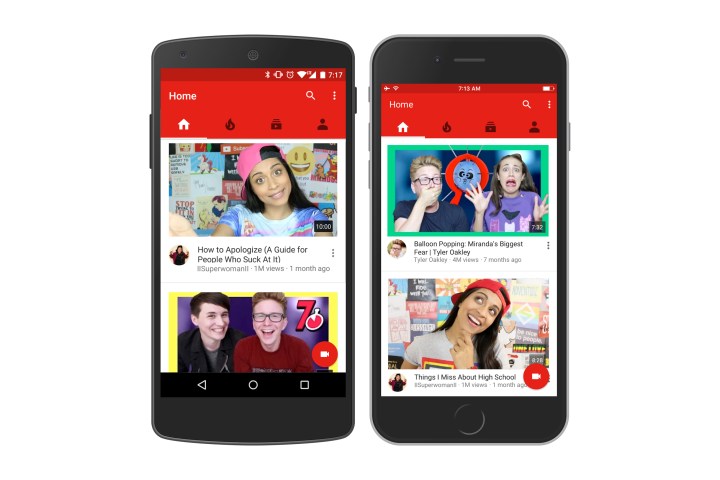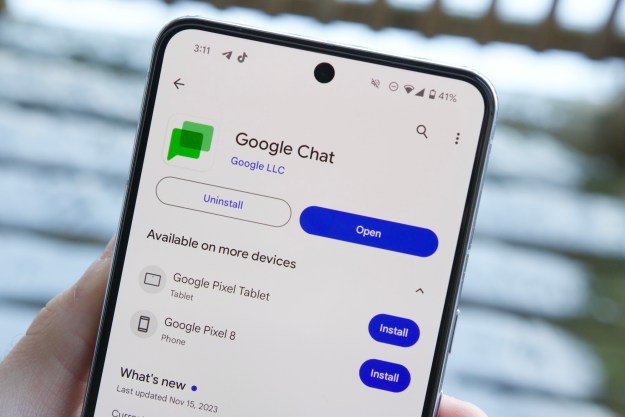
Google is launching new iOS and Android apps for YouTube aimed not only at a design refresh, but also at offering you smarter video recommendations. You’ll also notice larger photos, which should help in identifying videos from particular channels.
“The new recommendation system is based on deep neural network technology, which means it can find patterns automatically and keep learning and improving as it goes,” said a blog post detailing the update. “Every day, we recommend hundreds of millions of different videos on Home, billions of times, in 76 languages.”
The design may not be groundbreaking, but the fact that the app will be tapping into Google’s artificial intelligence experience certainly is interesting. Of course, there are goals behind this — the better the recommendations YouTube gives you are, the longer you’ll stick around watching videos and ads. Still, getting better recommendations can’t be a bad thing.
It’s likely that AI will continue to seep into Google’s products — not only to support offering better recommendations, but also to serve up better ads, produce smarter smartphones, and so on.
The mobile app update isn’t the only change to YouTube that Google is making — the company will be introducing six-second “bumper ads” to YouTube on a much more widespread basis. To date, most ads have been much longer than six seconds, but normally offer the option to skip the ad. Keeping an ad at six seconds in length bypasses the need to skip it.
These ads will appear before videos on mobile devices. A number of partners are already on board to try out the new ad format, including Audi Germany and Atlantic Records. Some of Atlantic’s six-second offerings were uploaded a while ago during a testing phase, so it seems as though Google has been planning this new ad service for some time.
Editors' Recommendations
- Google just released the first Android 15 beta. Here’s what’s new
- YouTube tells creators to start labeling ‘realistic’ AI content
- Google Messages vs. Samsung Messages: Which app should you use?
- Google just announced 8 big Android updates. Here’s what’s new
- Google is launching a powerful new AI app for your Android phone


